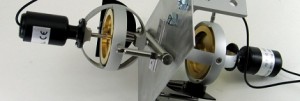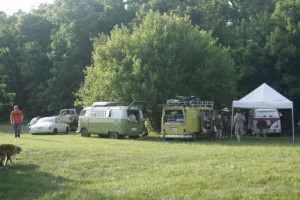this is a test of the thumb creation system for the genesis built in slider system.
Lorem ipsum dolor sit amet, consectetur adipiscing elit. Donec sit amet sapien tortor. Aenean interdum sodales purus vitae blandit. Ut pharetra lorem eget lacus tempor adipiscing. Cras vulputate eros ut leo consectetur tempus. Sed molestie sit amet mauris et mollis. In hac habitasse platea dictumst. Curabitur mollis tortor hendrerit, hendrerit dolor in, tincidunt eros. Quisque ut urna id quam posuere sodales eget ac dolor. Sed id fermentum erat. In egestas faucibus sapien nec elementum. Etiam rutrum orci vel dolor luctus tempor. Morbi ornare, mauris nec varius dignissim, purus magna fermentum diam, pretium tincidunt quam sem eu purus. Vivamus convallis pharetra massa, id rhoncus nulla hendrerit sed. Pellentesque quis lorem vehicula, ultricies est a, dapibus nisl. Vestibulum tempor ornare neque, vel cursus dui rutrum ac. Mauris id condimentum felis.
Aliquam sit amet eros eleifend neque bibendum tempor porta volutpat sem.








Recent Comments